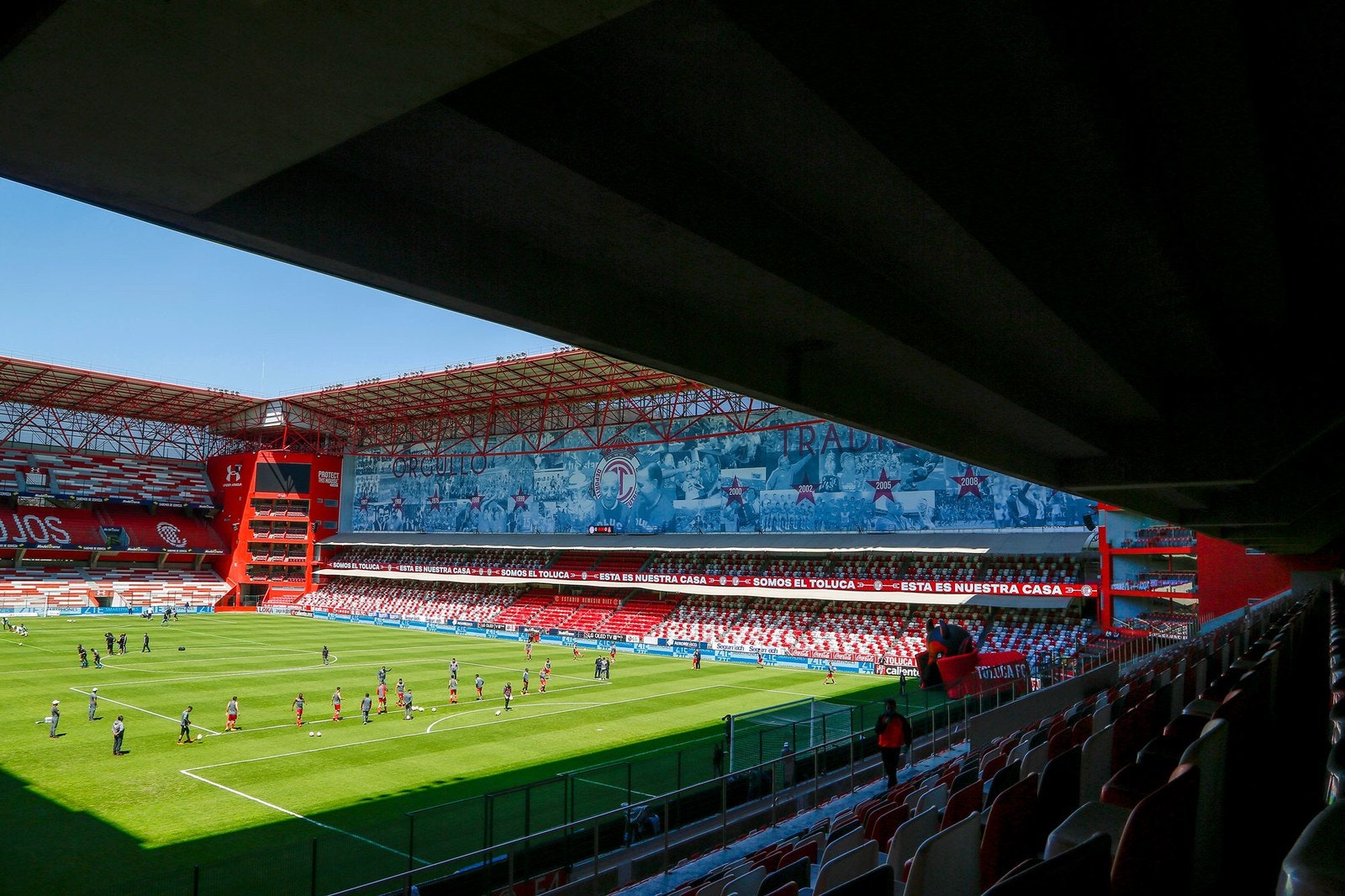Professional sports around the world ground to a halt last week as the coronavirus pandemic prompted one country after another to ban large public gatherings. Many sports leagues didn’t wait for official guidance, preemptively suspending or postponing seasons—in some cases after players or coaches tested positive for the virus. But before pulling the plug, some… Continue reading The Hushed Spectacle of Soccer Matches In Empty Stadiums
Tag: People
Volkswagen suspends production as coronavirus hits sales
* VW says sales down 15% in first two months of 2020
* VW CFO says coronavirus makes forecasts impossible
* VW resumes production in China as Europe shuts down (Adds CFO comment)
FRANKFURT, March 17 (Reuters) – Volkswagen Group , the world's biggest carmaker, is suspending production at factories across Europe as the coronavirus pandemic hits sales and disrupts supply chains, the company said on Tuesday.
The German carmaker, which owns the Audi, Bentley, Bugatti, Ducati, Lamborghini, Porsche, Seat and Skoda brands, also said that uncertainty about the fallout from coronavirus meant it was impossible to give forecasts for its performance this year.
“Given the present significant deterioration in the sales situation and the heightened uncertainty regarding parts supplies to our plants, production is to be suspended in the near future at factories operated by group brands,” Chief Executive Herbert Diess said on Tuesday.
Volkswagen's powerful works council concluded it was not po..
Fiat Chrysler’s only open Italian plant running at reduced capacity
MILAN, March 17 (Reuters) – Fiat Chrysler(FCA) has resumed limited production at its Atessa facility in Italy, the automaker's only open assembly plant, having halted operations at most of its European factories, a spokesman said on Tuesday.
The company said on Monday that it was halting production for two weeks at most of its European plants to help to protect staff and adjust to a slump in demand.
The Atessa plant had been closed since last week as the company performed deep sanitisation and some reconfiguration of production lines to allow more space between workers.
“Operations have restarted with the number of workers reduced by around 45%,” the FCA spokesman said, adding that workers placed on temporary leave will receive benefits through the 'cassa integrazione' wage-guarantee fund.
Located in the central Italian region of Abruzzo and operated by Sevel, a joint venture between the Italian-American automaker and France's PSA-Peugeot, the plant usually produces..
Ford Romania Employees Go on Furlough Amid Coronavirus Outbreak
Employees of Ford’s car assembly plant in Craiova, southern Romania, will be forced to go on furlough between March 19 and April 5 due to the coronavirus epidemic, union representatives said Tuesday.
GM, Ford say employees have tested positive for Covid-19
(Reuters) – General Motors Co (GM.N) and Ford Motor Co (F.N) said on Tuesday they each have had one employee, both working at U.S. engineering centers, test positive for coronavirus. The GM logo is seen at the General Motors Warren Transmission Operations Plant in Warren, Michigan October 26, 2015. REUTERS/Rebecca Cook These are the first… Continue reading GM, Ford say employees have tested positive for Covid-19
Audi’s Hungarian plant to suspend production because of coronavirus
BUDAPEST, March 17 (Xinhua) — German carmaker Audi will halt production at its plant in Gyor, northwestern Hungary, next Monday due to the coronavirus pandemic and uncertainties in component supply, the Hungarian news agency MTI reported on Tuesday.
“The Volkswagen Group is suspending production at most of its sites,” and the measure affects Audi AG's plant in Gyor, MTI said citing a statement from Audi.
The company plans to halt production in an organized and controlled manner by the end of the current week, according to the statement.
Meanwhile, Hungary is closing its borders to all personal travel with the exception of nationals returning to the country, Hungarian Prime Minister Viktor Orban announced on Monday.
According to the Hungarian government's updated statistics, the number of confirmed COVID-19 cases stood at 50 on Tuesday, with two reported recoveries, one fatality. And 137 people are in quarantine.
Fiat Chrysler’s only open Italian plant running at reduced capacity
MILAN (Reuters) – Fiat Chrysler (FCHA.MI)(FCA) has resumed limited production at its Atessa facility in Italy, the automaker’s only open assembly plant, having halted operations at most of its European factories, a spokesman said on Tuesday. FILE PHOTO: A Fiat Chrysler Automobiles (FCA) sign is at the U.S. headquarters in Auburn Hills, Michigan, U.S. May… Continue reading Fiat Chrysler’s only open Italian plant running at reduced capacity
Volkswagen’s Portugal plant suspends production
LISBON, March 16 (Xinhua) — Volkswagen Autoeuropa, the largest Portuguese exporter and auto producer, was forced to stop production on Monday by a lack of personnel caused by the COVID-19 pandemic, local media reported.
The factory management realized that none of the three daily shifts could be guaranteed, as many workers decided to stay at home with their children after the government suspended classes in an attempt to contain the pandemic, according to the website of the Portuguese newspaper Publico.
“In view of the absences forecast from March 16, it was also decided to reduce daily production from 890 to 744 units, helping to adjust the factory to the conditions required by national authorities. Both decisions were communicated to all employees on March 13,” the day after the announcement of the suspension of classes till the Easter holidays, the company's top management said in a statement.
Anxiety among the workers was triggered further over the weekend when seven who had ..
Renault halts Spain operations after state of emergency declared
FILE PHOTO: The logo of Renault carmaker is pictured at a dealership in Les Sorinieres, near Nantes, France, February 19, 2020. REUTERS/Stephane Mahe PARIS (Reuters) – French carmaker Renault (RENA.PA) said on Tuesday that it was halting operations in Spain following the declaration of a state of emergency there in light of the coronavirus crisis.… Continue reading Renault halts Spain operations after state of emergency declared
Enterprise Reduces Rental Age for Military, Government Employees
To be eligible, customers need to show a valid military or government ID. Photo via Depositphotos. Enterprise Holdings is reducing its minimum age to rent a vehicle from 21 to 18 years old for all members of U.S. military and government employees renting for personal needs. The change is effective March 15 through the end… Continue reading Enterprise Reduces Rental Age for Military, Government Employees

